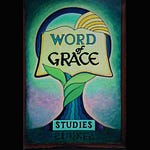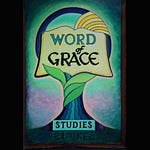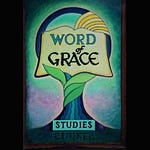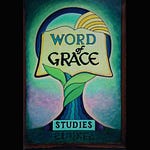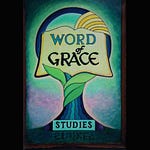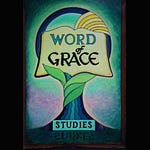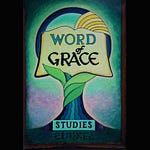n this session, we continue our study of eschatology—the doctrine of last things—by exploring the death of an individual and its prophetic significance. Scripture defines death not as annihilation but as separation: spiritual, physical, and eternal.
We also clarify the difference between dispensations and ages, address the distinction between premillennialism and amillennialism, and examine how Adam’s trespass brought both spiritual and physical death into the human experience. Through this, we see how Christ’s resurrection provides the gift of righteousness and eternal life to those who believe.
Outline
1. Clarifying Eschatological Terms
Amillennialism teaches that there is no literal thousand-year reign of Christ—the kingdom of God is viewed as present now.
Premillennialism affirms a literal, future, 1,000-year reign of Christ following the Tribulation.
Dispensation vs. Age:
Dispensation – a period of time in which God reveals something about mankind.
Age – a period revealing something about God’s nature to intelligent beings.
The Church is under the Dispensation of Grace, not the “Church Age.”
2. The Concept of Death
Death = separation, not extinction.
At death, the soul and spirit separate from the body; the body returns to dust (Genesis 3:19).
Humanity continues to exist beyond physical death—death is never annihilation.
3. The Kinds of Death (Genesis 2:17)
Spiritual death: separation from God (1 Timothy 5:6; Ephesians 2:1).
Physical death: separation of the human spirit and soul from the body (James 2:26).
Second death: eternal separation from God (Revelation 2:11; 20:6, 11–15; 21:8).
4. How Death Entered the World
Through Adam’s trespass (Romans 5:12–17), sin and death entered humanity.
Adam’s act brought:
Spiritual death – separation from God.
Physical death – mortality for all mankind.
Christ’s righteousness reverses both:
Gift of righteousness (Dōrea) deals with physical death.
Gracious gift (Charisma) restores spiritual life—eternal connection with God.
5. Understanding Spiritual Death
The unsaved are spiritually dead, not spiritless. Their spirit exists but is separated from God.
Spirit = the rational part of man (1 Thessalonians 5:23).
Man is body, soul, and spirit—a triune being (Genesis 2:7; 1 Thessalonians 5:23).
God breathed the “breath of lives” (plural) into Adam, giving both physical and spiritual life.
6. The Nature of Humanity
Likeness to God: rational nature and eternal spirit.
Image of God: physical appearance—Adam was clothed in light before the fall (Genesis 1:26–27).
After sin, Adam lost his garment of light—he was “stripped,” not merely “naked” (Genesis 3).
7. What Happens at Death
Man can kill the body but not the soul (Matthew 10:28).
The body decays, but the spirit returns to God (Ecclesiastes 12:7).
Death is the return of the body to the dust and departure of the spirit (Genesis 3:19; Acts 7:59).
The soul remains conscious after death (Luke 16:19–31).
Both righteous and unrighteous will be resurrected (Acts 24:15).
8. The Second Death
Those in Christ are not harmed by the second death (Revelation 2:11; 20:6).
The second death is eternal separation from God—final judgment in the lake of fire (Revelation 20:14–15; 21:8).
The unsaved are judged according to their works, not their sins, which Christ has already propitiated (1 John 2:2).
9. Conscious Existence After Death
Luke 16:19–31 reveals both the righteous (Lazarus) and unrighteous (rich man) remain aware after death.
Abraham’s Bosom (Paradise) – resting place for the righteous before Christ’s resurrection.
Hades (Sheol) – place of torment for the unrighteous.
Both groups are self-aware, able to see, speak, and reason—confirming that death is separation, not extinction.
Key Scriptures
Genesis 2:17; Romans 5:12–17; James 2:26; Revelation 2:11; Revelation 20:6, 11–15; 21:8; 1 Thessalonians 5:23; Genesis 1:26–27; 2:7; Matthew 10:28; Ecclesiastes 12:7; Acts 7:59; Luke 16:19–31; Acts 24:15.



